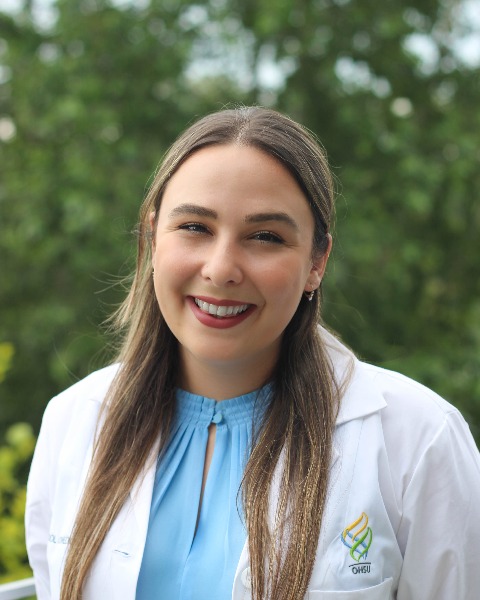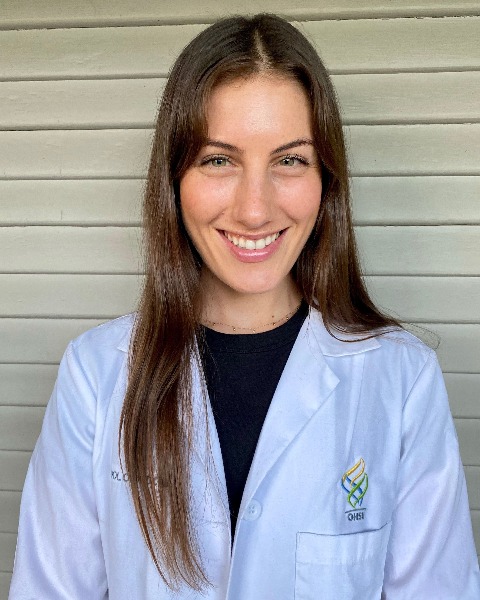Category: Hypertension
Poster Session IV
(1019) Early Delivery Among Preeclamptic Patients Associated With Increased Risk of Congenital Heart Disease Subtypes
Current data demonstrates an increased risk of congenital heart disease (CHD) in patients with preeclampsia. Given the possibility of different biological mechanisms behind early preeclampsia as compared to preeclampsia diagnosed and delivered beyond 34 weeks’ gestation, we sought to characterize the relationship of offspring CHD (including sub-categories of disease) with timing of delivery in a large cohort of pregnant patients with preeclampsia.
Study Design:
This is a retrospective cohort study of two consecutive singleton births with gestational ages 23-42 weeks in California (2000-2012) among individuals with preeclampsia. We excluded pregnancies complicated by pre-existing diabetes or major chromosomal anomalies. We grouped CHD diagnosis into five categories: No CHD, obstructive CHD (i.e. pulmonary stenosis, aortic stenosis, coarctation), mixing CHD (i.e. ventricular septal defect, patent ductus arteriosus), regurgitant CHD (i.e. mitral regurgitation, aortic regurgitation), and other CHD (i.e. heart block, isolated dextroposition). Multivariable logistic regression analyses were used to examine the association of CHD with preterm delivery ( < 34 weeks) among pregnant patients with preeclampsia.
Results: Among 239,881 pregnant patients with preeclampsia, 0.2% has obstructive CHD, 0.7% had mixing CHD, 0.04% had regurgitant CHD and 0.1% had other CHD. After controlling for maternal age, race/ethnicity, BMI, and insurance, we found higher odds of preterm delivery among obstructive CHD (aOR=5.95 (4.96-7.77), mixing CHD (aOR=3.58 (3.10-4.13), regurgitant CHD (3.32 (1.82-6.04) and other CHD (aOR=2.29 (1.54-3.42).
Conclusion:
There is increased risk for preterm delivery among preeclamptic pregnant patients with CHD offspring for all subtypes of disease, suggesting that early preeclampsia leading to delivery prior to 34 weeks may be more closely related mechanistically to development of offspring CHD. These results argue for further investigation into the relationship of preeclampsia and embryologic development of fetal cardiac structures.
.jpg)
Isabel Katlaps, BS (she/her/hers)
Oregon Health and Science University
Portland, Oregon, United States.jpg)
Bharti Garg, MBBS, MPH
Biostatistician/Data analyst
Department of Obstetrics and Gynecology, Oregon Health and Science University
Portland, Oregon, United States
Afsoon Ghafari-Saravi
Medical Student
Oregon Health and Science University
Portland, Oregon, United States
Sarina R. Chaiken, BA (she/her/hers)
Medical Student
Oregon Health and Science University
Portland, Oregon, United States
Ava Mandelbaum, BA (she/her/hers)
Oregon Health and Science University
Portland, Oregon, United States- CR
Christina Ronai, MD, MEd
Boston Children's Hospital
Boston, Massachusetts, United States 
Aaron B. Caughey, MD,MPH,PhD
Professor and Chair
Oregon Health and Science University
Portland, Oregon, United States- EM
Erin Madriago, MD
Oregon Health and Science University
Portland, Oregon, United States

.png)
